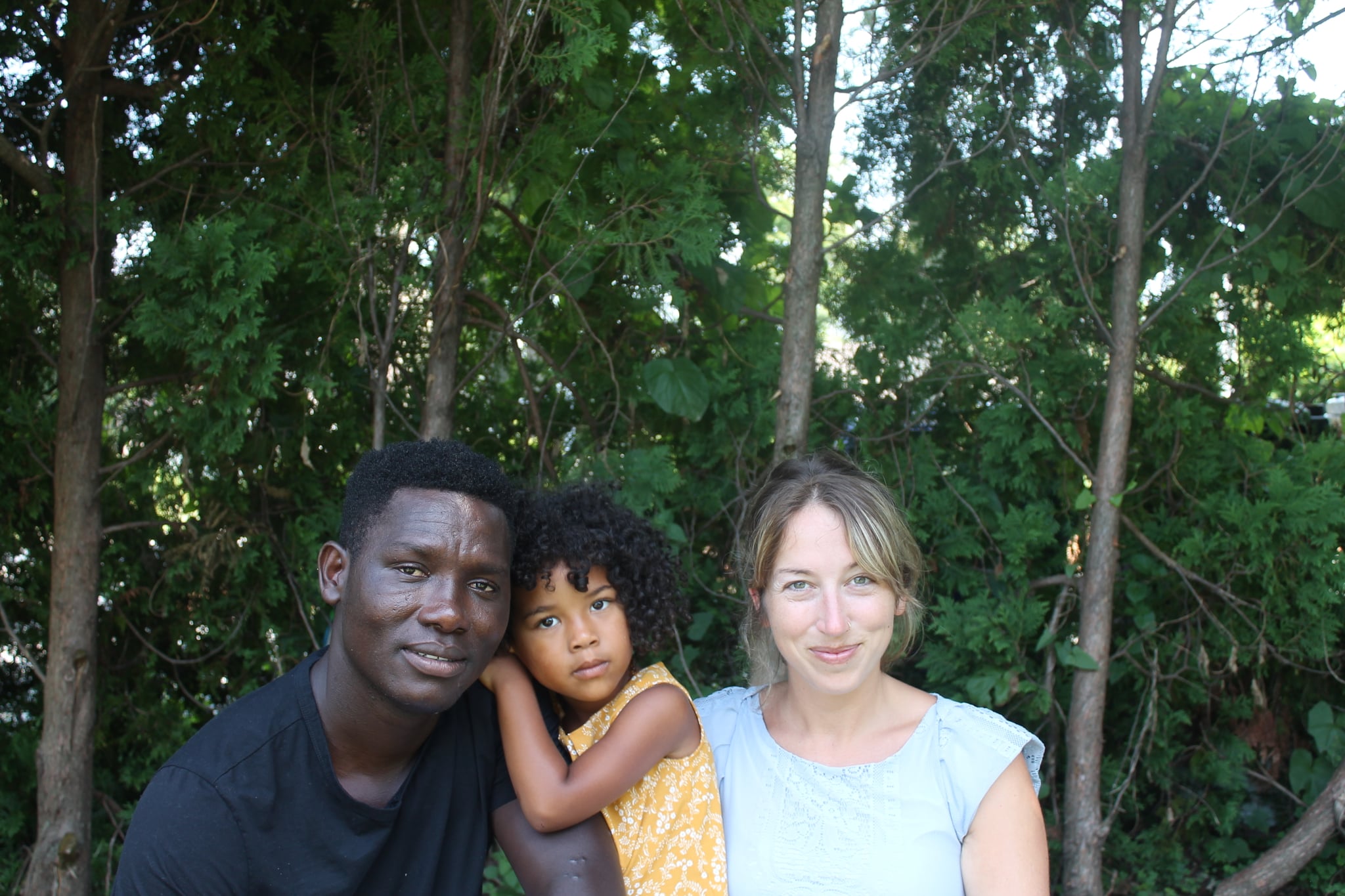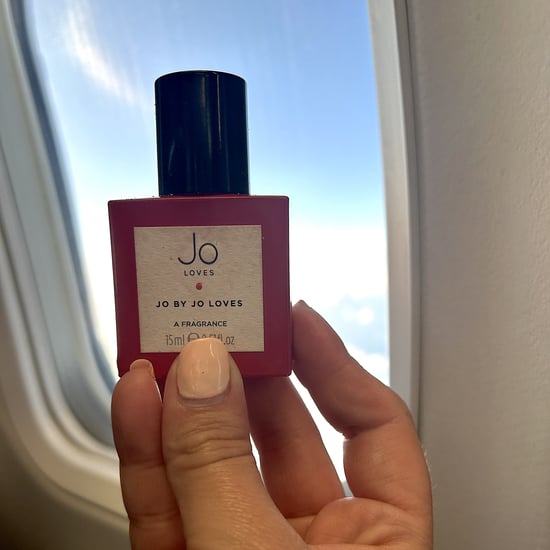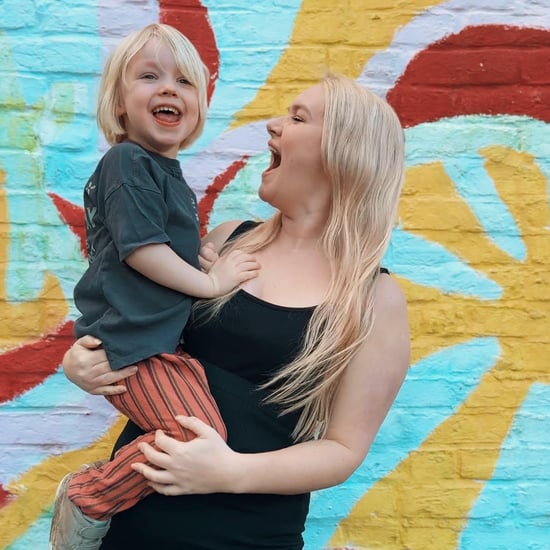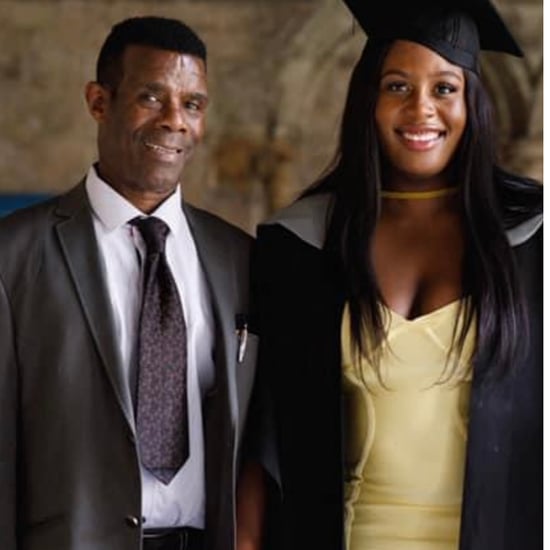How I Take Care of My Mixed Daughter's Curly Hair
The Key to Taking Care of My Mixed Daughter's Hair? A Really Good Conditioner
When I had my amazing mixed race, multicultural little girl, I had to quickly learn how to take care of her beautiful hair. Her hair texture is very different from my own, which meant I needed to learn new haircare rules. Her big, bouncy curls could easily become full of knots after a night's sleep, so my main job was figuring out how to maintain them, keep the knots at minimum, and come up with cute styles for days we didn't have time to condition and comb them out.
It was a learning curve, but I was amazed at the amount of unsolicited advice I would get while out and about with my little girl. Other mothers of mixed children who had similar hair or who had experience with her texture of hair would suggest all sorts of things: coconut oil, conditioners, sprays, gels. But, I quickly learned that there are a wide range of differences in mixed children's hair. Some might have perfectly straight hair, while others might have tight little curls — and both types need different love. My daughter has tight, soft curls around her face and the top of her head, and hair that's a bit drier and prone to knots in the back.
Even when their suggestions and comments don't apply, I sometimes get a bit flustered when someone feels the need to talk to me about my daughter's hair. It's like any other time someone tries to give you unsolicited parenting advice — it makes me self-conscious and sometimes ashamed. I worry that people think I don't understand that her hair is different than mine, or think that I've just not done a good job. As any parent knows, there are days when everything goes wrong, so we've just rushed out of the house. On days like that, her hair might be looking dry and just out of sorts (aka a bad hair day), and the comments on those days always cut especially deep. I feel as if that stranger is saying that I can't take care of my mixed girl and how she looks. Most of the time, I know these people don't mean for me to feel this way, and that I'm just being sensitive. But I want to be seen for knowing her and understanding how she is different from me — and for recognising the special care she needs for her hair, skin, and body.
And over the years, I've heard it all. I've been told to put relaxer in her hair to make her curls not so "big." I've been told to comb it everyday with leave-in conditioner and a brush. I've been told to use all different types of combs. But through our four years of trial, error, advice, and feedback, I've learned that what works best for my daughter's hair type is very simple: condition, condition, and condition some more, then finger-comb.
Ideally, I would condition my daughter's hair daily and finger comb it while wet and with the conditioner in her hair. But spending 20 minutes on her hair in the tub is not her favourite thing to do, so I do this process every few days. In order to work the conditioner in, I have to really soak her hair, which can take a while. Once her hair is fully wet, I work through a conditioner, usually either one for dry hair or one for hair repair, and one without unneeded chemicals and fragrance. The real key for us is to not rinse the conditioner out, even though it's not formulated as a leave-in conditioner. I find this best keeps her hair soft and her curls bouncy. While she's in the tub with the conditioner soaking, I finger-comb through her knots and curls. This can take a while, depending on how many days it's been since we last washed her hair, if she's been playing outside (wind, dirt, and leaves are not kind!), or had her hair up. But always finger combing! That is the trick that works best. If I use any other type of brush or comb, it breaks up her curls and makes her hair a bit drier and frizzier. So while finger combing doesn't always get all of the knots out, it works best for her curl pattern for now.
While I'd prefer to do bath time before bed, if she falls asleep with a wet head full of curls, she'll wake up and the work we did is lost. So I make a point to only wash her hair in the afternoon or morning. And by washed I mean conditioned — I rarely use shampoo with her. I only break it out when we've had a particularly dirty day (an afternoon spent rolling down hills comes to mind).
It's taken some time but I think I've finally figured out how to help treat her curls so they really shine. However, I'm still learning in many other areas: like how to avoid knots at bedtime. I've tried velvet caps, silk scarfs, and putting her hair in braids, but they haven't worked well for us yet. So, if anyone out there has a little advice, send it our way! For now though, we'll continue our little routine and keep learning — hopefully showing my daughter just how beautiful and special her big, bouncy curls are!







